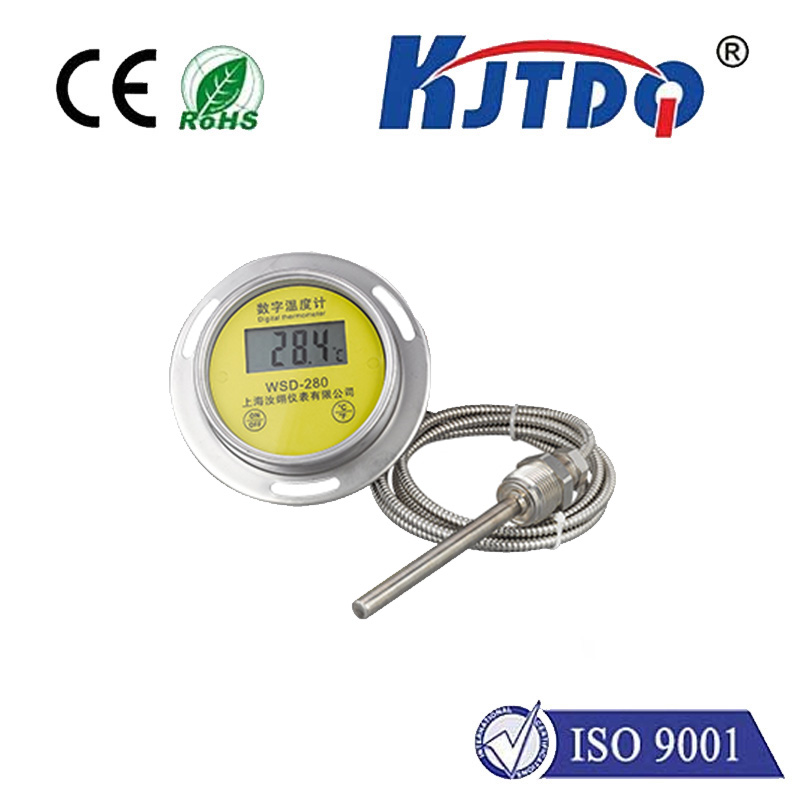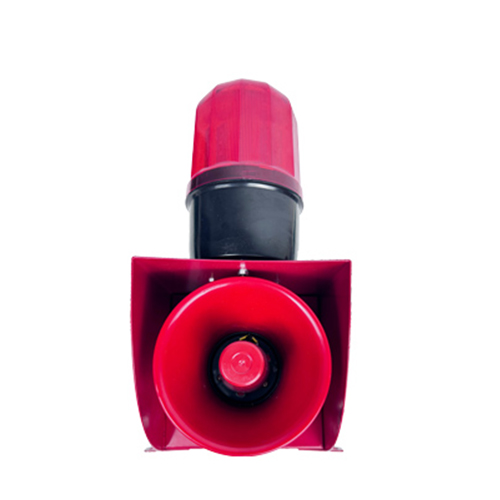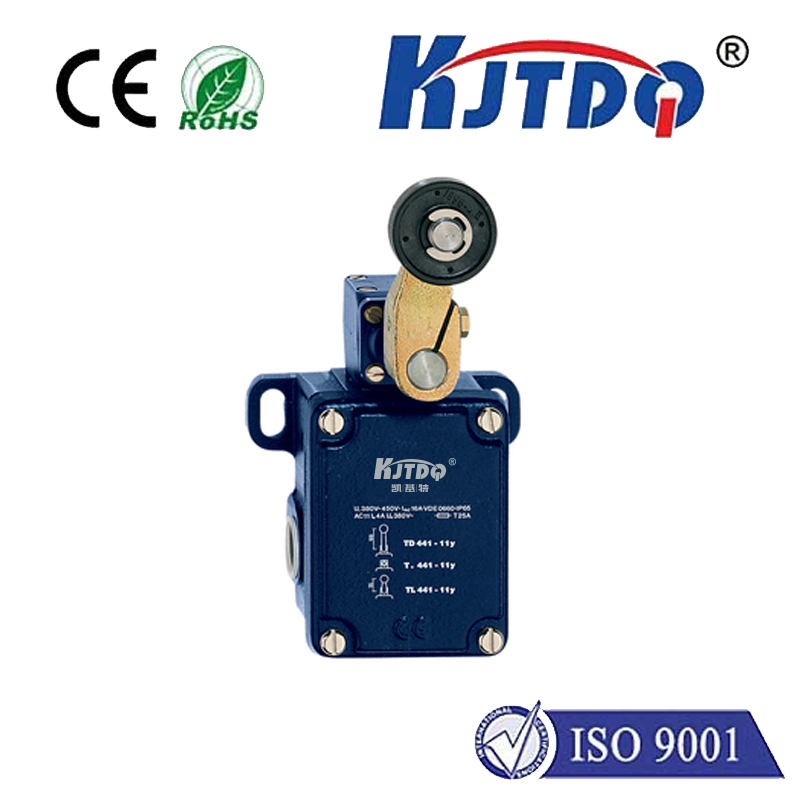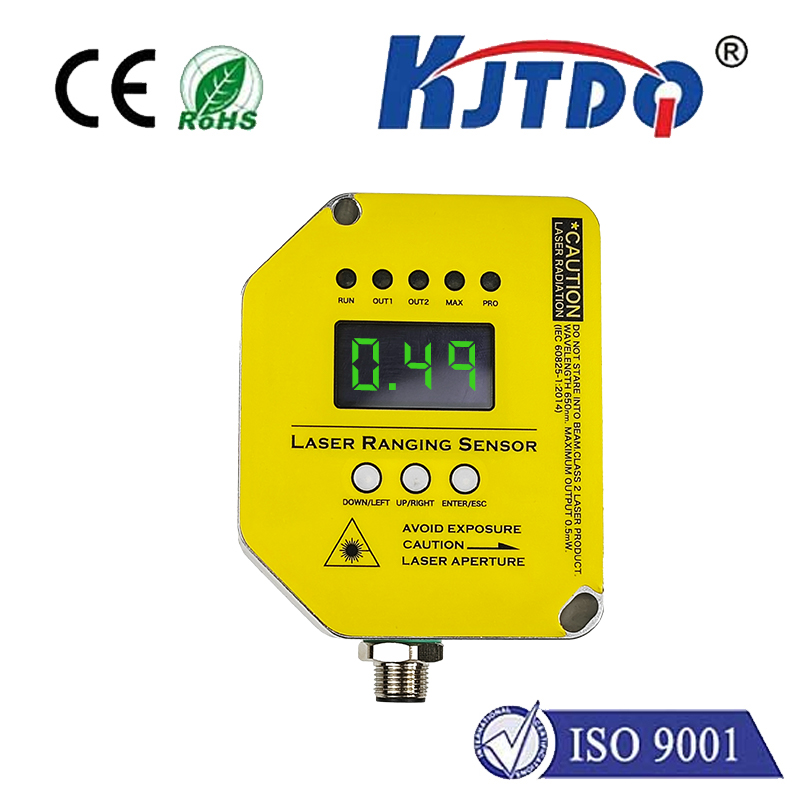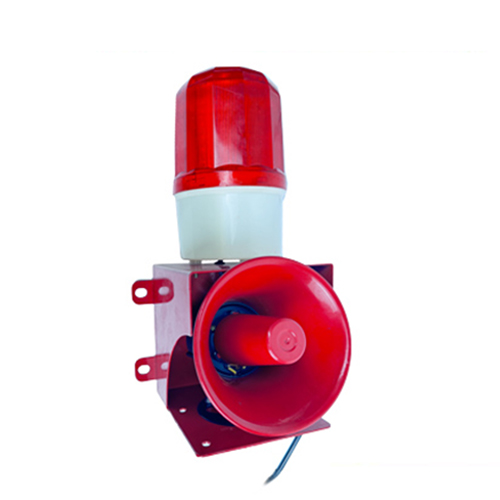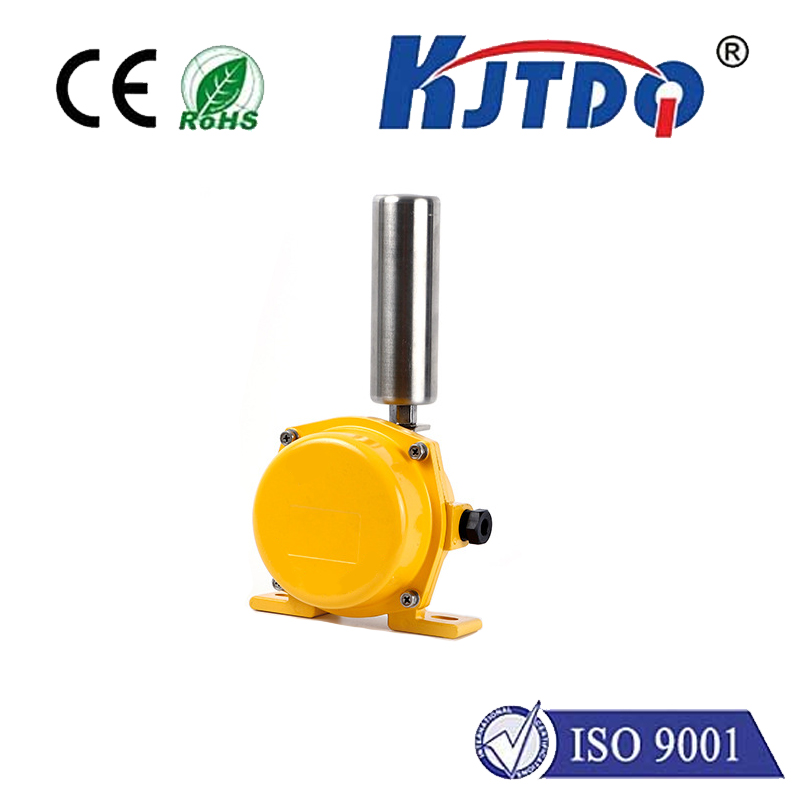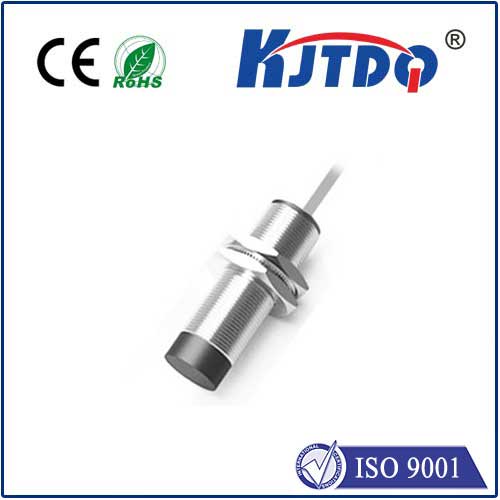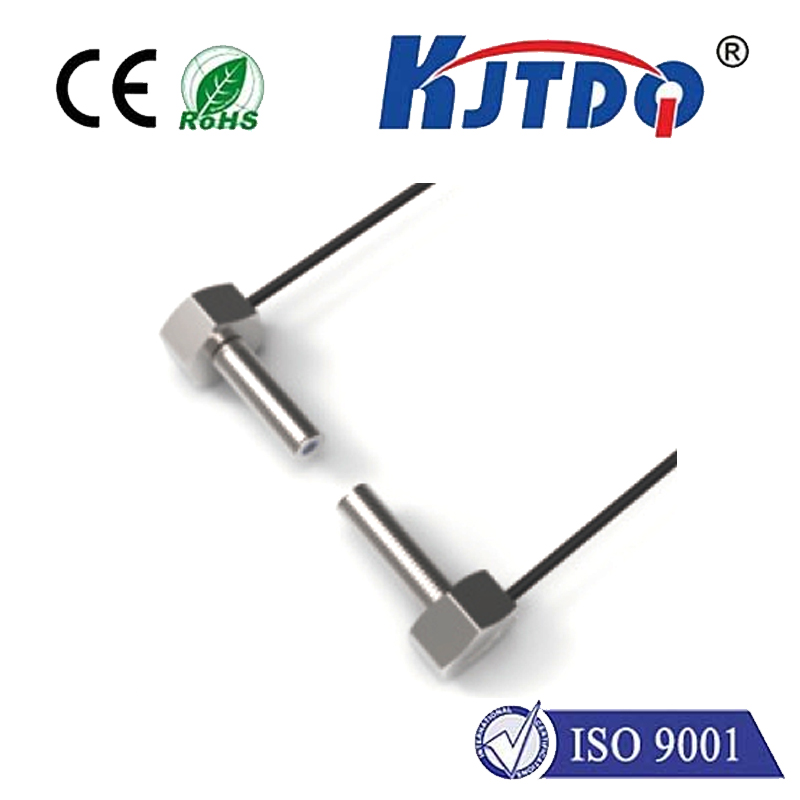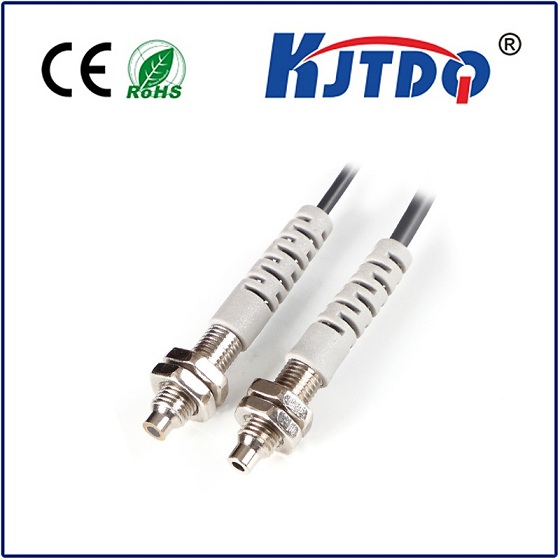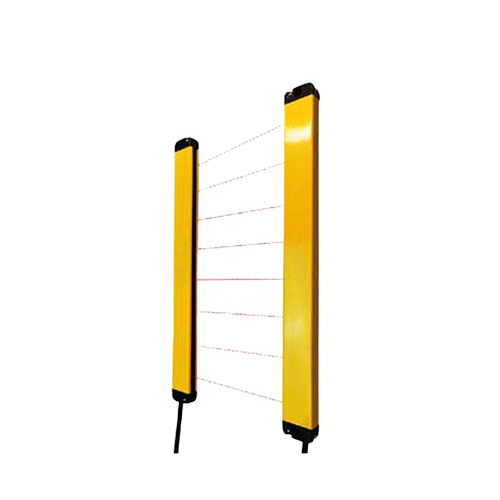remote temperature monitoring
- time:2025-08-21 01:21:23
- Нажмите:0
Unlock Efficiency & Peace of Mind: The Essential Guide to Remote Temperature Monitoring
Imagine a critical vaccine shipment losing potency en route, a food warehouse unknowingly harboring dangerous bacteria, or a vital server room overheating and crashing. The common thread? Temperature excursions gone unnoticed until it’s too late, leading to costly losses, operational chaos, or even health hazards. This is the tangible risk businesses face daily without remote temperature monitoring. This technology is no longer a luxury; it’s a fundamental pillar for safety, compliance, and operational excellence in countless industries. Let’s explore why and how it’s transforming modern operations.
What Exactly is Remote Temperature Monitoring?
At its core, remote temperature monitoring involves using specialized wireless temperature sensors placed in strategic locations (freezers, refrigerators, warehouses, labs, production lines, data centers, etc.). These IoT temperature sensors continuously measure ambient or product temperature. Crucially, they transmit this data wirelessly – often via cellular, Wi-Fi, LoRaWAN, or other IoT protocols – to a centralized cloud-based monitoring platform. This platform acts as the nerve center, where authorized personnel can view real-time temperature data and historical trends from anywhere with an internet connection, eliminating the need for manual checks. The real power lies in its ability to send instant temperature alerts via SMS, email, or app notifications the moment readings fall outside pre-set parameters.

Why Remote Monitoring is Revolutionizing Industries:
- Enhanced Product Safety & Quality Assurance: For pharmaceuticals, life sciences, food & beverage, and agriculture, maintaining strict temperature control is non-negotiable. Fluctuations can render products ineffective or unsafe. Remote monitoring systems provide an unbroken digital audit trail, proving compliance with regulations like FDA 21 CFR Part 11, HACCP, GDP, and GMP. Catching deviations in real-time allows for immediate intervention, preventing spoiled goods and protecting brand reputation.
- Significant Cost Savings: The financial impact of temperature failures is immense. Lost inventory, product recalls, production downtime, energy waste from malfunctioning equipment, and potential fines are massive drains. Real-time alerts empower teams to act swiftly, minimizing spoilage and preventing minor equipment issues from escalating into catastrophic failures. Predictive insights based on historical data can also optimize equipment maintenance schedules.
- Dramatically Increased Operational Efficiency: Manual temperature logging is labor-intensive, prone to human error, and provides only snapshots of data. Automated temperature monitoring frees up valuable staff time for higher-value tasks. Continuous, granular data offers deep insights into thermal performance across facilities and transport, enabling smarter decision-making and process optimization.
- 24⁄7 Peace of Mind & Risk Mitigation: Businesses can’t have personnel physically checking temperatures around the clock. Remote environmental monitoring acts as a tireless digital guardian. Whether it’s a freezer failing overnight in a research lab, a power outage affecting a restaurant walk-in, or a truck’s reefer malfunctioning during transit, alerts are triggered instantly, allowing for rapid response even outside business hours. This drastically reduces risk exposure.
- Empowered Data-Driven Decisions: Cloud-based temperature monitoring platforms collate vast amounts of historical data. This enables sophisticated analysis: identifying trends, pinpointing inefficiencies in HVAC systems, validating equipment performance, optimizing storage layouts, and understanding the impact of external factors (e.g., door openings, seasonal changes). This intelligence transforms reactive management into proactive strategy.
Implementing a Remote Monitoring Solution: Key Considerations
Adopting this technology requires thoughtful planning for maximum effectiveness:
- Define Your Critical Needs: Identify exactly what needs monitoring (specific assets, rooms, products in transit), the required data granularity (sampling frequency), acceptable temperature ranges, and compliance obligations.
- Choose the Right Sensors & Connectivity: Select wireless temperature sensors suited for the environment (ruggedness, temperature range, humidity tolerance). Consider battery life and the most reliable wireless connectivity option for your sites (cellular for wide areas, Wi-Fi for dense coverage, LoRaWAN for long-range/low-power).
- Evaluate the Monitoring Platform: The cloud monitoring software is crucial. Prioritize user-friendliness, customizable alert thresholds, robust reporting features, audit trail capabilities, scalability, and mobile access. Ensure it integrates well with existing systems if needed.
- Plan for Alert Management: Define clear protocols for who receives which temperature alerts and the specific actions required for different types of deviations. Effective alerting prevents notification fatigue and ensures swift resolution.
- Installation and Calibration: Proper sensor placement is critical for accurate readings (avoid walls, vents, direct sunlight). Regular sensor calibration according to manufacturer guidelines is essential for maintaining data integrity and compliance.
Beyond the Basics: The Evolution of Remote Monitoring
Modern remote temperature monitoring systems are becoming increasingly sophisticated, incorporating:
- Multi-Parameter Sensors: Monitoring not just temperature, but also humidity, differential pressure (in cleanrooms), door status, power failure, and more – offering a comprehensive environmental monitoring view.
- Advanced Analytics & AI: Platforms are leveraging machine learning to identify subtle patterns, predict potential failures before they happen, and provide actionable recommendations, moving from monitoring to predictive insights.
- Enhanced Logistics Visibility: IoT-enabled data loggers for transport provide real-time location tracking alongside continuous temperature monitoring, offering unprecedented transparency throughout the cold chain.
- Greater Integration: Seamless integration with Building Management Systems (BMS), Enterprise Resource Planning (ERP), and other operational platforms centralizes data and streamlines workflows.
The Essential Investment in Assurance
Remote temperature monitoring has fundamentally shifted the paradigm from hoping temperatures stay within range to actively knowing and controlling them. By delivering real-time visibility, enabling immediate corrective action, providing ironclad compliance evidence, and uncovering operational efficiencies, it’s an indispensable tool for any organization where temperature control matters. The initial investment pales in comparison to the potential costs of a single major temperature deviation event. In today’s demanding and regulated world, deploying a robust remote monitoring system isn’t just about protecting products and assets; it’s about safeguarding your reputation, your bottom line, and, ultimately, the trust of your customers. Embrace the clarity and control it brings.

